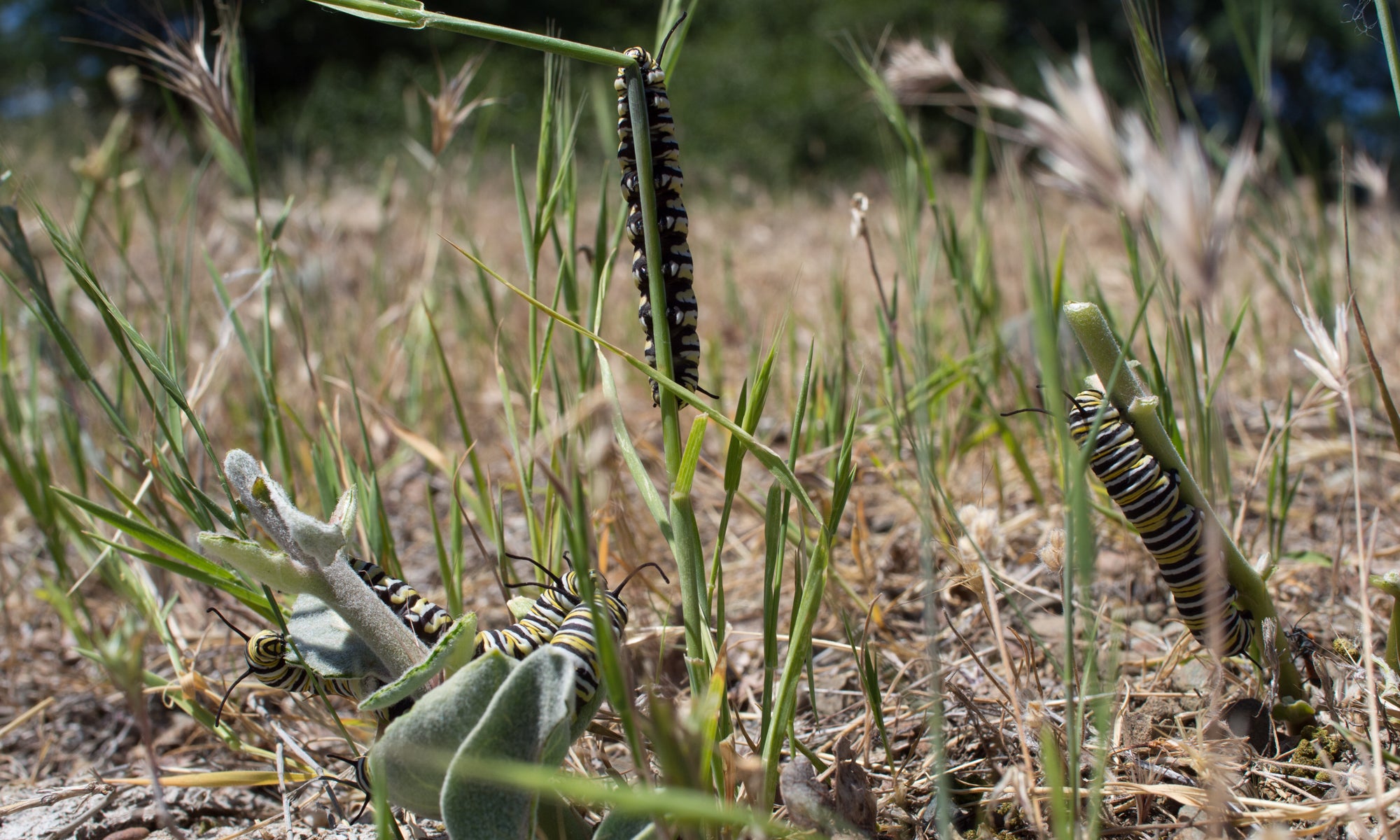We are listening, learning and taking action. We are committed to this fight, because Black lives matter.
Feeding and damage‐induced volatile cues make beetles disperse and produce a more even distribution of damage for sagebrush
Richard Karban and Louie H. Yang
Abstract
1. Induced plant responses to herbivory are common and we have learned a lot about the mechanisms of induced resistance and their effects on herbivore performance. We know less about their effects on herbivore behavior and especially on spatial patterns of damage.
2. Theoretical models predict that induced responses can cause patterns of damage to become aggregated, random, or even. A recent model predicted that informed herbivore movement coupled with communication between plants would make damage more even within individual plants. We tested these predictions in the field using a specialist beetle (Trirhabda pilosa ) that feeds on sagebrush (Artemisia tridentata ). Both the beetle and the plant are well‐documented to respond to damage‐induced volatile cues.
3. Beetle larvae were more likely to move from damaged leaves and leaves that had been exposed to volatiles from nearby damaged leaves compared to undamaged control leaves. Previous lab results indicated that beetles were more likely to choose undamaged leaves compared to damaged leaves or those exposed to volatile cues of damage.
4. A comparison of damage patterns early in the season and after completion of beetle feeding revealed that variance in damage among branches decreased as the season progressed; i.e., damage became more evenly distributed among the branches within a plant. Larvae damaged many leaves on a plant but removed relatively little tissue from each leaf.
5. Herbivore movement and the spatial patterns of damage that it creates can be important in determining effects on plant fitness and other population processes. Dispersion of damage deserves more consideration in plant‐herbivore studies.
Journal of Animal Ecology
Consumer responses to experimental pulsed subsidies in isolated vs. connected habitats
Amber Wright, Louie H. Yang, Jonah Piovia-Scott, David A. Spiller, and Thomas W. Schoener
Abstract
Increases in consumer abundance following a resource pulse can be driven by diet shifts, aggregation, and reproductive responses, with combined responses expected to result in shorter response lags and larger magnitude numerical increases. Previous work on large Bahamian islands has shown that lizards (Anolis sagrei) increased in abundance in response to pulses of seaweed deposition, which provide abundant marine-derived prey resources. These numerical responses were associated with rapid diet shifts and aggregation, followed by increased reproduction. These dynamics are likely different on isolated small islands because lizards cannot readily immigrate or emigrate. We evaluated the effects of experimental pulses of seaweed deposition that varied in frequency and magnitude on lizard diet shifts and numerical responses on small islands (n = 16) and in plots on large mainland islands (n = 20) over five years. We found that pulses of seaweed deposition created persistent increases in lizard abundance on small islands regardless of pulse frequency or magnitude, which may have occurred because the initial resource pulse facilitated population establishment, possibly via enhanced overwinter survival. In contrast with a previous experiment, we did not detect numerical responses on mainlands, despite the fact that lizards consumed more marine resources in subsidized plots. This lack of a numerical response may be due to rapid aggregation and disaggregation or stronger suppression of A. sagrei by their predators on mainlands. Our results highlight the importance of habitat connectivity in governing ecological responses to resource pulses and suggest that disaggregation and changes in survivorship may be underappreciated drivers of pulse-associated dynamics.
The American Naturalist

